Mattel introduces new Barbies, throwing out unrealistic doll

The newest collection of Barbie doll designs hope to promote appreciation of all body types.
March 8, 2016
In late January Mattel proudly introduced new Barbies with varying body types, skin tones, eye color and hairstyles, a much needed step towards promoting positive body image.
Barbie now comes with four different body types, seven skin tones, 14 different facial structures, 22 eye colors and 24 hairstyles not just the typical blonde hair, blue eyes look that has been severely altering young girls perception of the typical body for decades.
Rehabs.com, a site for locating mental health treatment centers in America, reveals that if the “Original” Barbie were a real woman, she would only have room for half a liver, be forced to walk on all fours and would not have the strength to hold up her own head, resulting in a look straight from a Sci-Fi movie.
This necessary alteration in Barbie’s iconic image may come as a surprise but the number one change moms have requested from Mattel is a more realistic body for Barbie, showcasing many mothers understandable worry over the effect Barbie’s outrageous silhouette has on their daughters.
Barbie was introduced 57 years ago and many people since then have come to believe that her impossibly thin body and out of proportion waist has given the wrong idea to young girls. After all, beauty comes in all shapes and sizes, not just stick figure skinny.
The Alliance for Eating Disorders Awareness reported that 70 million people suffer worldwide from eating disorders. Almost 90 percent of those with eating disorders are young woman between the ages of 12 and 25 that admit they often played with Barbie as a child.
English teacher Kerry Rutigliano is a former Girls on the Run leader who believes young girls are affected by Barbie’s image. She said, “Young people are so impressionable it forges a pattern. Where you devote your time affects your perspective.”
Miro Copic, a former executive at toy maker Hasbro said, “In the early days, Barbie represented American values and was presented as an example for women.” He told Shan Li of LA Times, “It was a great lesson for moms to talk to their daughters, ‘You can be what you want.’”
Mattel has previously produced Barbie as a nurse, veterinarian, police officer, pilot and an astronaut, all proving to be positive examples for young girls.
But that early movement was lost and Barbie now stands for beauty norms. “What people forget is all toys are educational to children, and girls learn what it means to be a girl through the toys they have,” University of Kentucky psychology professor Christia Spears Brown told Rachel Abrams of New York Times.
As girls grow up they realize that a doll is nowhere near a sufficient role model but to young girls, playing with a Barbie means they are putting themselves in Barbie’s body. They want a Barbie that looks like them.
“I think today, frankly more so than any other time, Barbie is truly representing what girls see,” Richard Dickson, Mattel’s president and chief operating officer and the executive in charge of Barbie’s new image, told Michael Pearson of CNN.
Barbie is proudly promoting the idea that there is nothing wrong with being feminine and girly; but those qualities come in all shapes and sizes.
“These new dolls represent a line that is more reflective of the world girls see around them,” Evelyn Mazzocco, global general manager for Barbie told Shan Li of LA Times. The variety “allows girls to find a doll that speaks to them.”
Although there is some controversy over the timing of Mattel’s new release, people everywhere are impressed with the new look.
One Twitter user posted shortly after the new Barbie line was released, “I’m officially excited and proud to buy my daughter a Barbie one day.”
Another user posts “Thank you @Barbie for bravely acknowledging that women can be ‘Curvy,’ ‘Tall’ or ‘Petite’ & not just ‘Original’ !!!”
Tania Missad, director of consumer insights for the doll line said in a video on the Barbie brand website, “We have to let girls know it doesn’t matter what shape you come in, that anything is possible.”
The big win is that girls can now play with a doll that resembles them, rather than a vivid reminder of what they’ll never be.





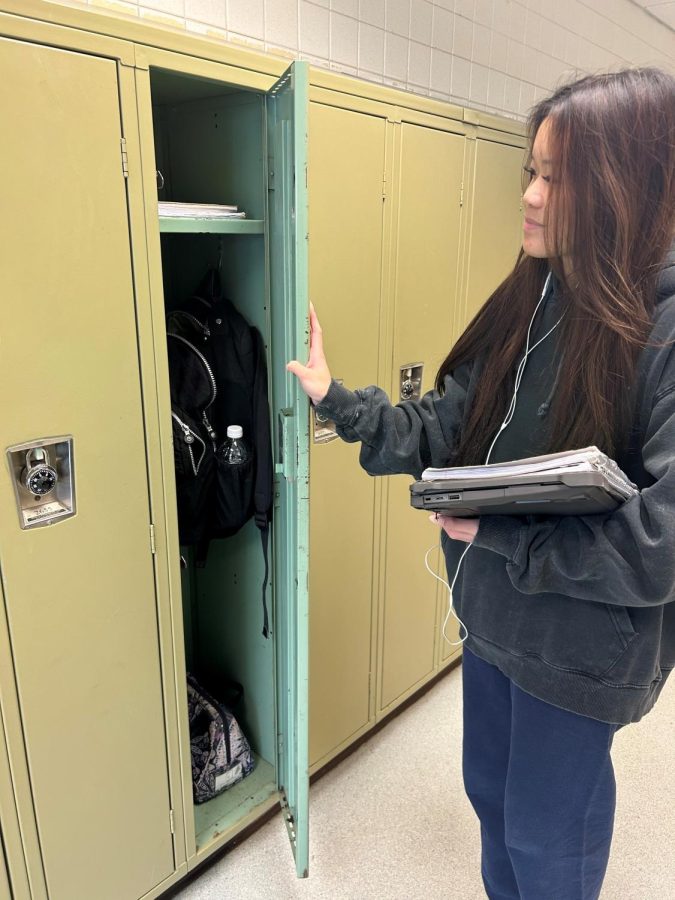
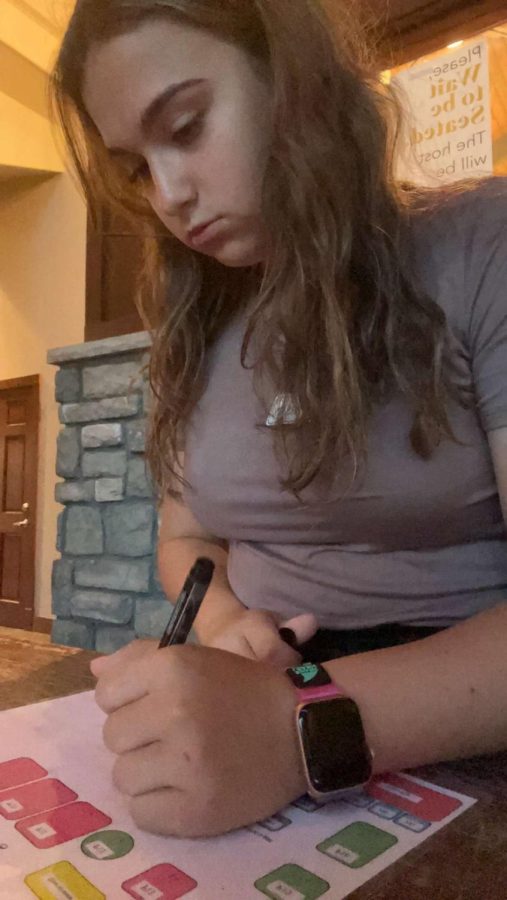








![Russian president Vladimir Putin took action to invade Ukraine on Feb. 24. According to the PBS Frontline episode Putins Revenge, Putin is obsessed with his image and how he and his countrys actions are portrayed. The Atlantics Julia Ioffe said, [Putin] watches tapes of the evening news over and over and over again to see how he’s portrayed, to see how he looks.](https://pawprintnews.org/wp-content/uploads/2022/04/putin-5277284_1920-900x596.jpg)
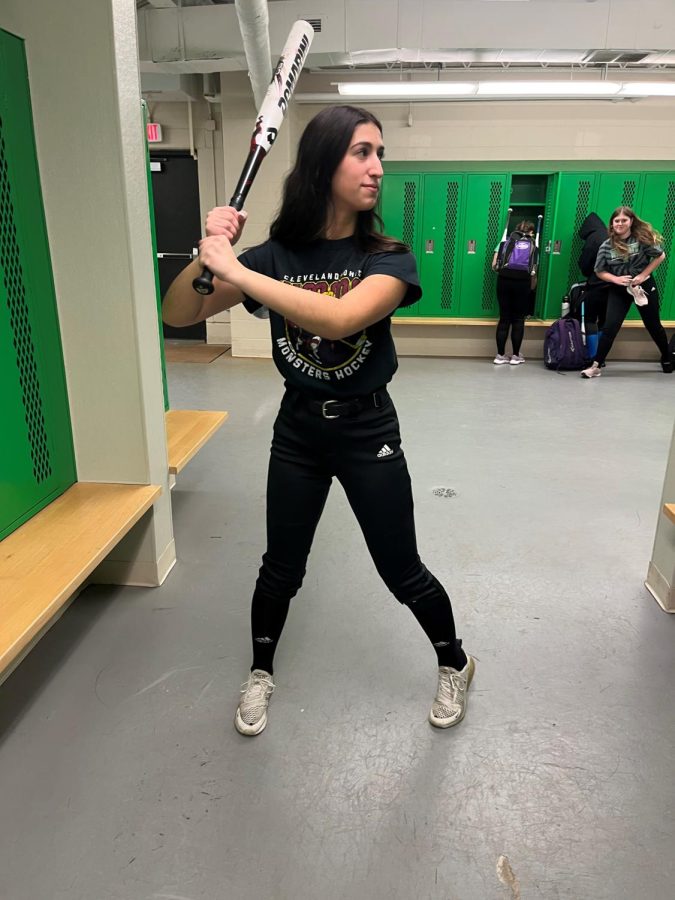












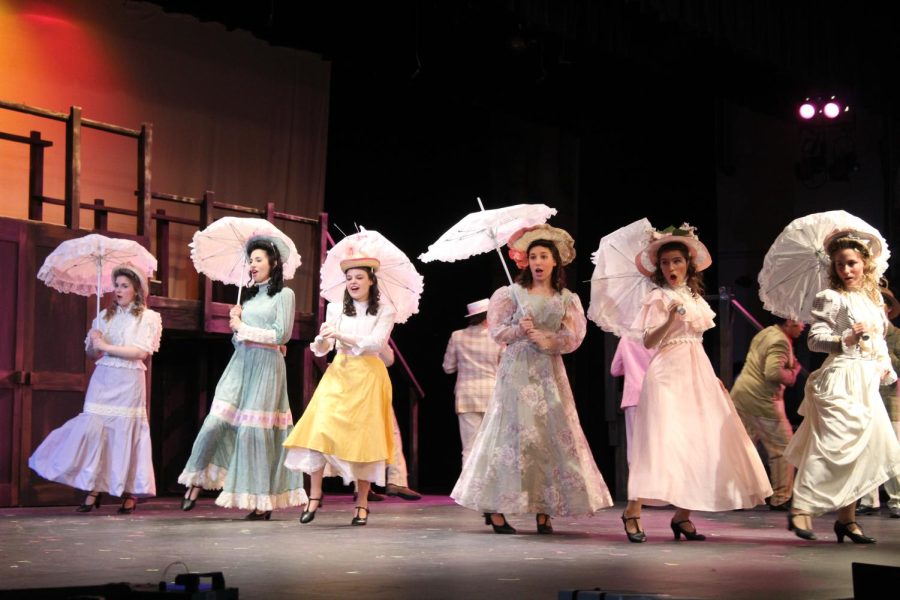




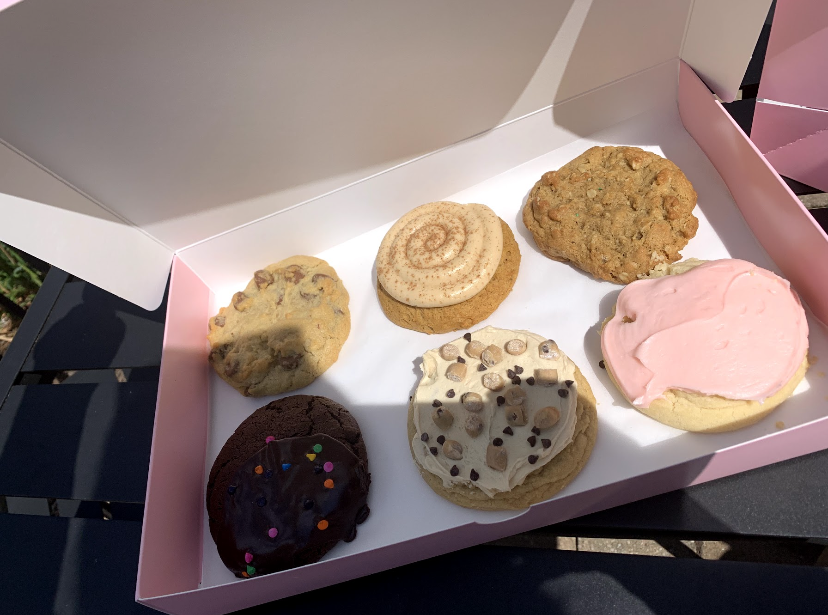




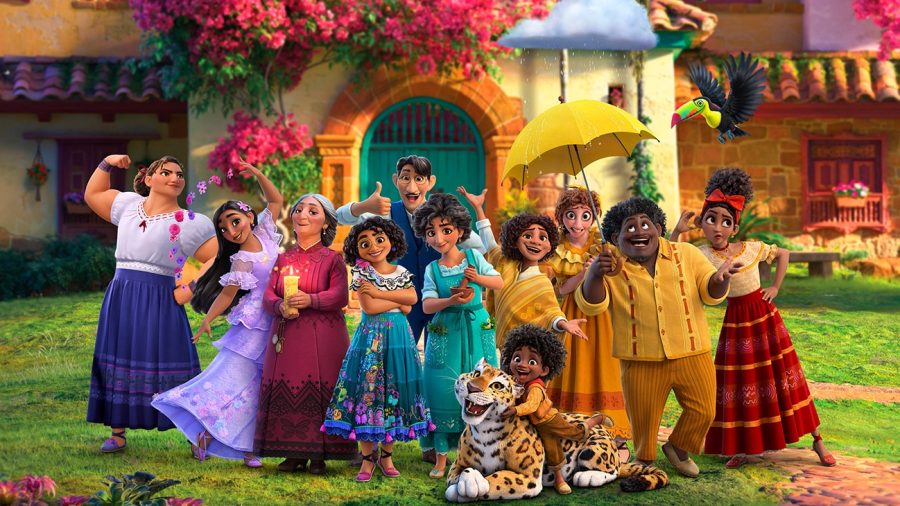

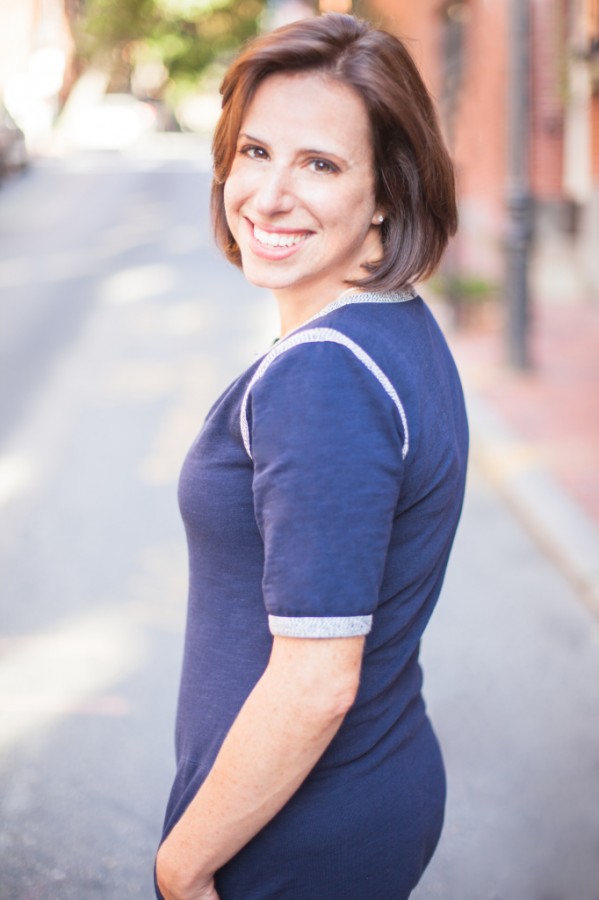

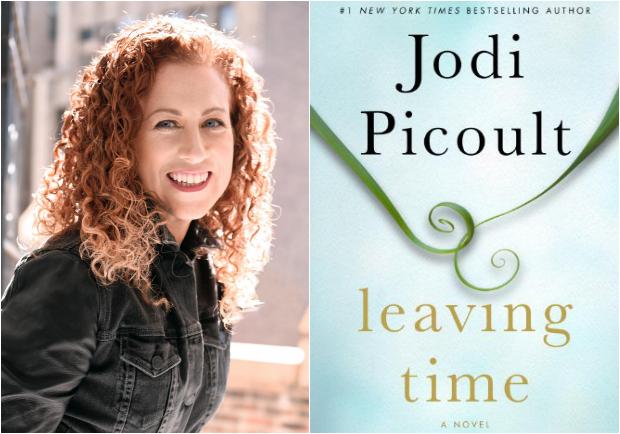




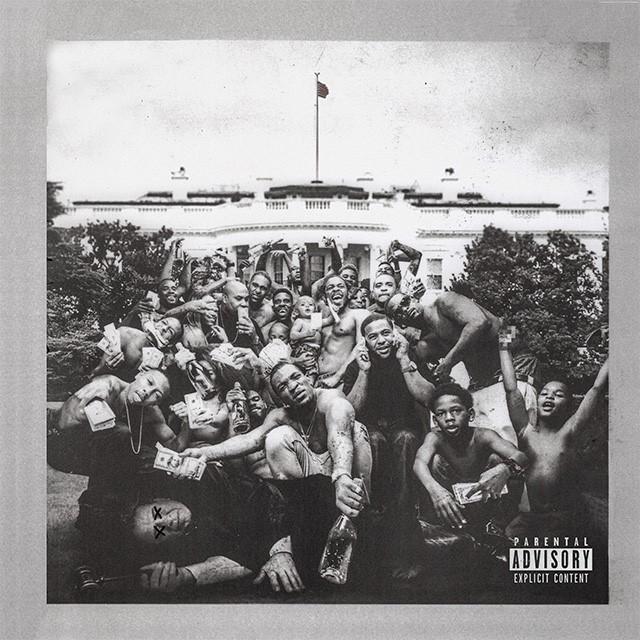
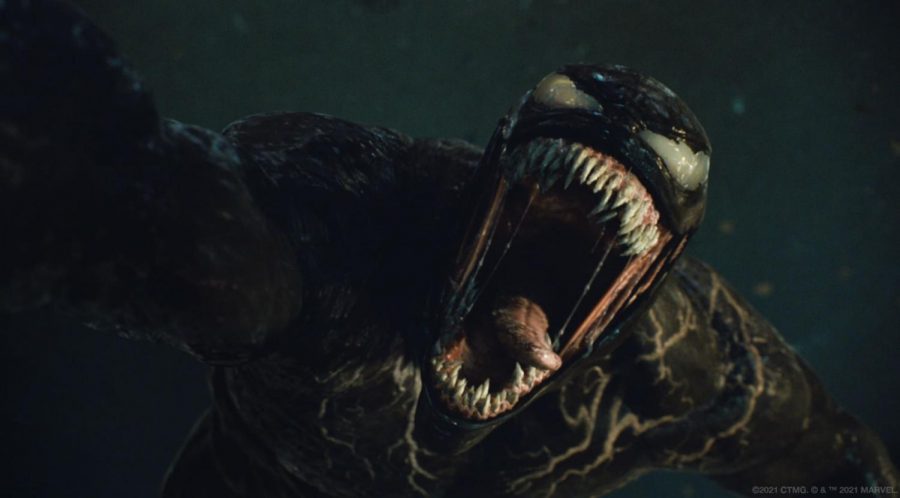









![Russian president Vladimir Putin took action to invade Ukraine on Feb. 24. According to the PBS Frontline episode Putins Revenge, Putin is obsessed with his image and how he and his countrys actions are portrayed. The Atlantics Julia Ioffe said, [Putin] watches tapes of the evening news over and over and over again to see how he’s portrayed, to see how he looks.](https://pawprintnews.org/wp-content/uploads/2022/04/putin-5277284_1920-475x315.jpg)




